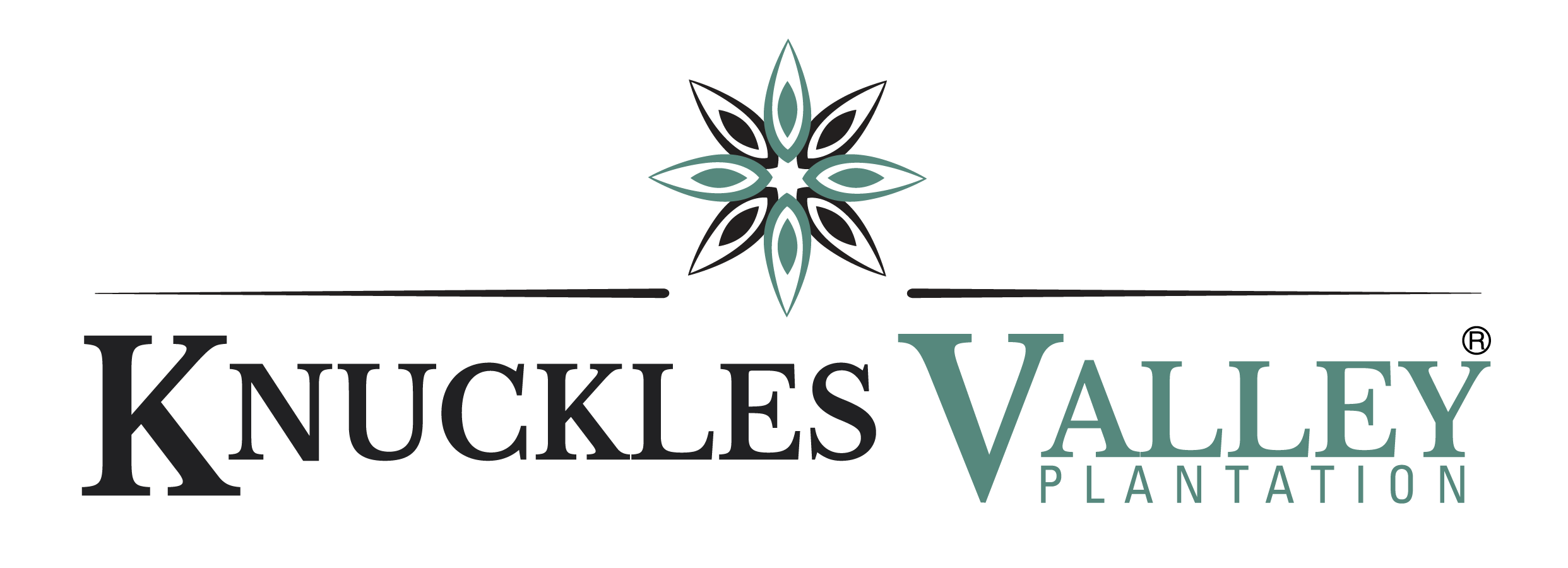Australian born business, serving humanity with compassion to people and nature
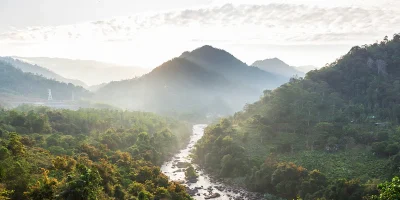
Welcome to Knuckles Valley Plantations Limited (KVPL), where nature meets excellence.
Australian born business, serving humanity with compassion to people and nature

Welcome to Knuckles Valley Plantations Limited (KVPL), where nature meets excellence.
Sri Lankan cinnamon—once endemic, now legendary—offers a sublime sensory blend of clove, vanilla, and herbs, finished with a warm, mellow sweetness found only in true Ceylon cinnamon.
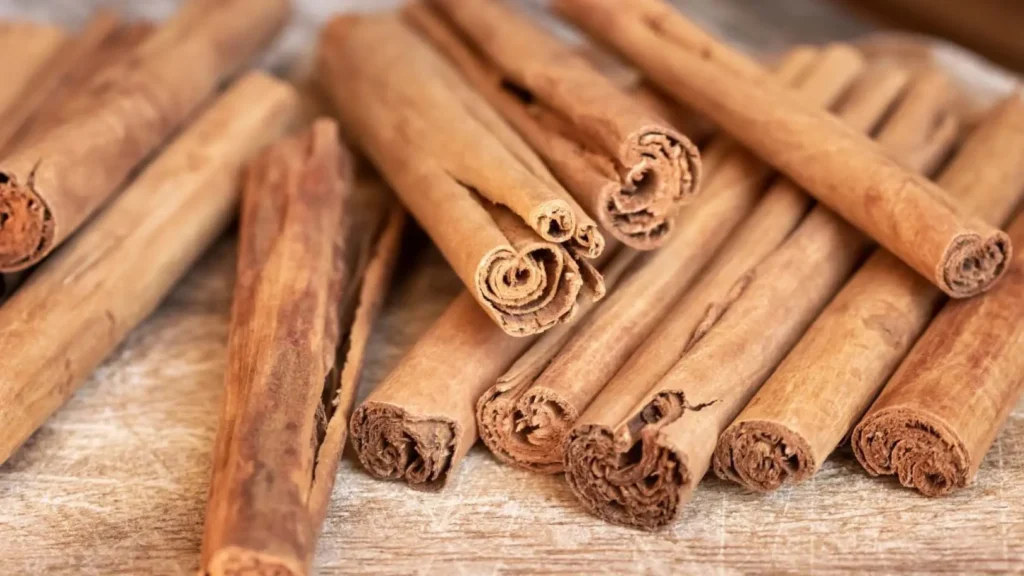
Welcome to Knuckles Valley Plantations Limited (KVPL), where nature meets excellence.
Sri Lankan coffee—once endemic, now legendary—offers a sublime sensory blend of clove, vanilla, and herbs, finished with a warm, mellow sweetness found only in true Ceylon brew.
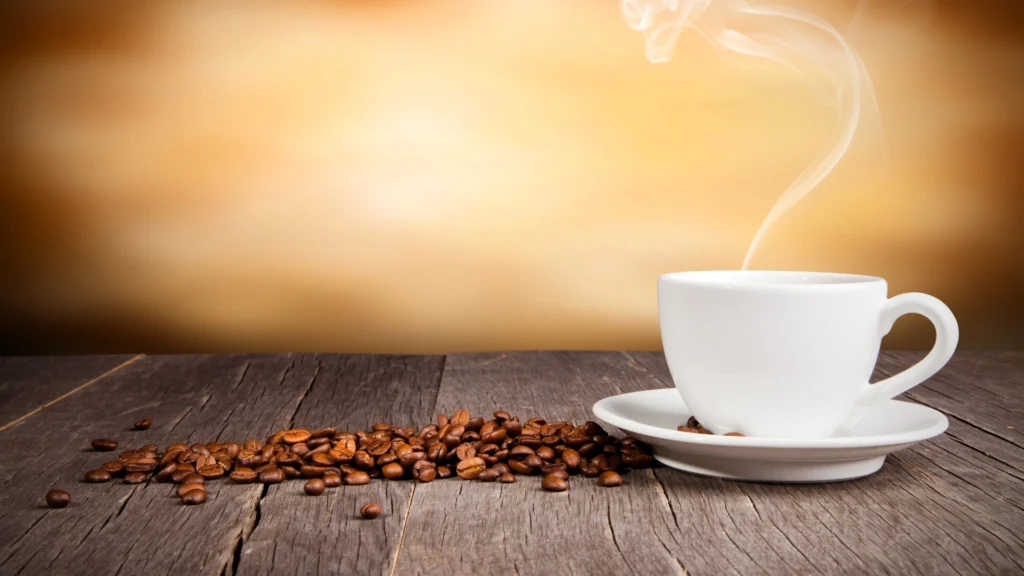
Welcome to Knuckles Valley Plantations Limited (KVPL), where nature meets excellence.
Ceylon tea—once endemic, now legendary—offers a sublime sensory blend of clove, vanilla, and herbs, finished with a warm, mellow sweetness found only in true Ceylon brew.
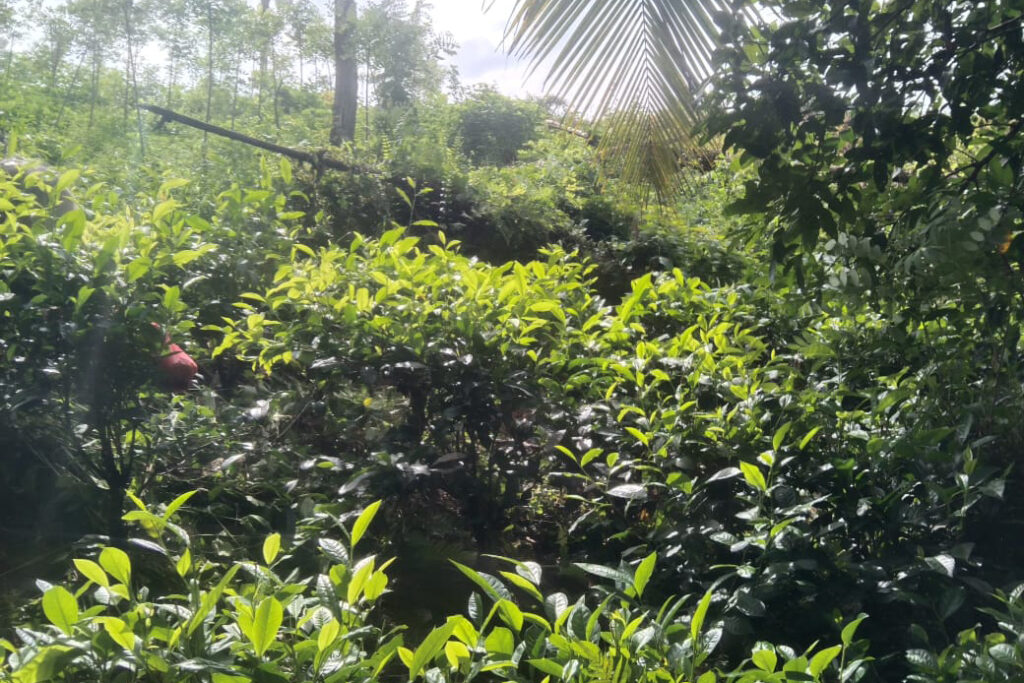
Welcome to Knuckles Valley Plantations Limited (KVPL), where nature meets excellence.
Sri Lankan cinnamon—once endemic, now legendary—offers a sublime sensory blend of clove, vanilla, and herbs, finished with a warm, mellow sweetness found only in true Ceylon cinnamon.
Cinnamomum zeylanicum, commonly known as true Ceylon cinnamon, is a tree native to Sri Lanka and revered for producing the world’s finest grade of pure cinnamon. Celebrated across international markets, Sri Lankan cinnamon is distinguished by its exceptional quality, delicate colour, complex flavour, and refined aroma—setting it apart from other cinnamon varieties found globally. Its identity is deeply woven into Sri Lanka’s heritage and agricultural excellence.
While both Cinnamomum zeylanicum and cassia are derived from the bark of related trees, they are botanically distinct and vary significantly in nutritional profile. Cassia, often mistaken for cinnamon, lacks the nuance of Ceylon’s flavour and differs chemically. Most notably, cassia contains much higher levels of coumarin—a compound known for its potential to cause liver damage when consumed in excess.
Coumarin is naturally present in both cinnamon types, but in drastically different quantities. In cassia, its levels vary by sub-species and climate, sometimes reaching amounts that pose health concerns with regular intake. In contrast, Cinnamomum zeylanicum contains only trace amounts, making it not only the superior choice for taste and aroma, but also for long-term wellness. This purity, paired with Sri Lanka’s meticulous cultivation practices, ensures every stick of Knuckles Valley cinnamon embodies authenticity, safety, and sensory elegance.
“Take thou also unto thee principal spices, of pure myrrh five hundred shekels, and of sweet cinnamon half so much, even two hundred and fifty shekels, and of sweet calamus two hundred and fifty shekels, And of cassia five hundred shekels, after the shekel of the sanctuary, and of oil olive an hin: And thou shalt make it an oil of holy ointment, an ointment compound after the art of the apothecary: it shall be an holy anointing oil.”
“I have peace offerings with me; this day have I payed my vows. 15Therefore came I forth to meet thee, diligently to seek thy face, and I have found thee. I have decked my bed with coverings of tapestry, with carved works, with fine linen of Egypt. I have perfumed my bed with myrrh, aloes, and cinnamon.”
“The entire coast of the country (Sri Lanka) is covered with cinnamon sticks washed down by torrents and deposited on the coast looking like hills. The inhabitants of Ma’bar and Malabar take them away…”
Cinnamomum zeylanicum, or true Ceylon cinnamon, holds a storied place in global history—one that stretches back thousands of years. Sacred texts like the Book of Exodus describe cinnamon as a divine ingredient, used by Moses to prepare consecrated oil. Ancient Egyptians valued it around 1300 BC for embalming and ceremonial rituals during the reign of King Ramses II. Hieroglyphic accounts from Queen Hatshepsut’s era also reference the spice. Centuries later, cinnamon found its way along the Silk Route, becoming a prized commodity traded by Mongol dynasties including Genghis Khan. Ibn Battuta’s famed travel chronicles (1344 AD) depict Sri Lankan shores carpeted with cinnamon sticks swept in by waves—an awe-inspiring image of natural abundance.
The spice’s allure continued into the medieval and colonial periods. Arab merchants were among the first to harness its international potential, followed by European powers—Portuguese, Dutch, and Spanish—who recognized the irresistible fragrance and culinary charm of Ceylon cinnamon. These traders built robust networks that would not only transport the spice across continents but also shape global appreciation for its quality and origin. Today, the legacy of these early trade routes still echoes through enduring demand for Sri Lankan cinnamon, synonymous with purity and aromatic excellence.
Traditionally cultivated in Sri Lanka’s southern coastal belt, Cinnamomum zeylanicum has now spread inland, extending into the central highlands where new plantations thrive under optimal growing conditions. This geographic expansion has allowed for greater diversity in cultivation while upholding the spice’s heritage roots. With careful farming practices and a deep respect for tradition, Sri Lanka continues to be the world’s unrivaled source of true cinnamon—offering not just a spice, but a timeless story of culture, trade, and sensory distinction.
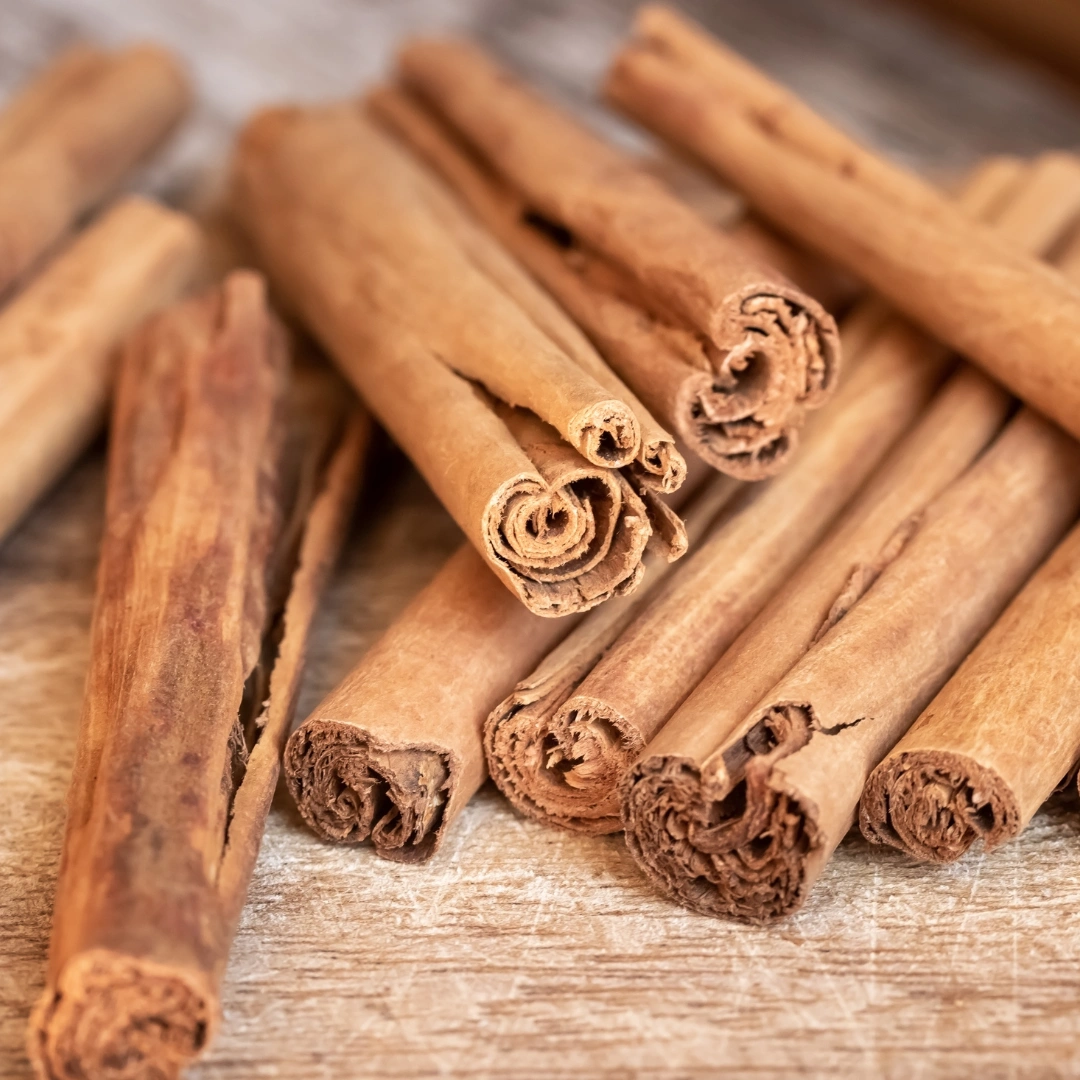
Knuckles Valley cinnamon offers premium selections for retail, hospitality, seasonal infusions, gift sets, and innovations—highlighted by our distinctive sparkling cinnamon drink and artisanal wellness blends
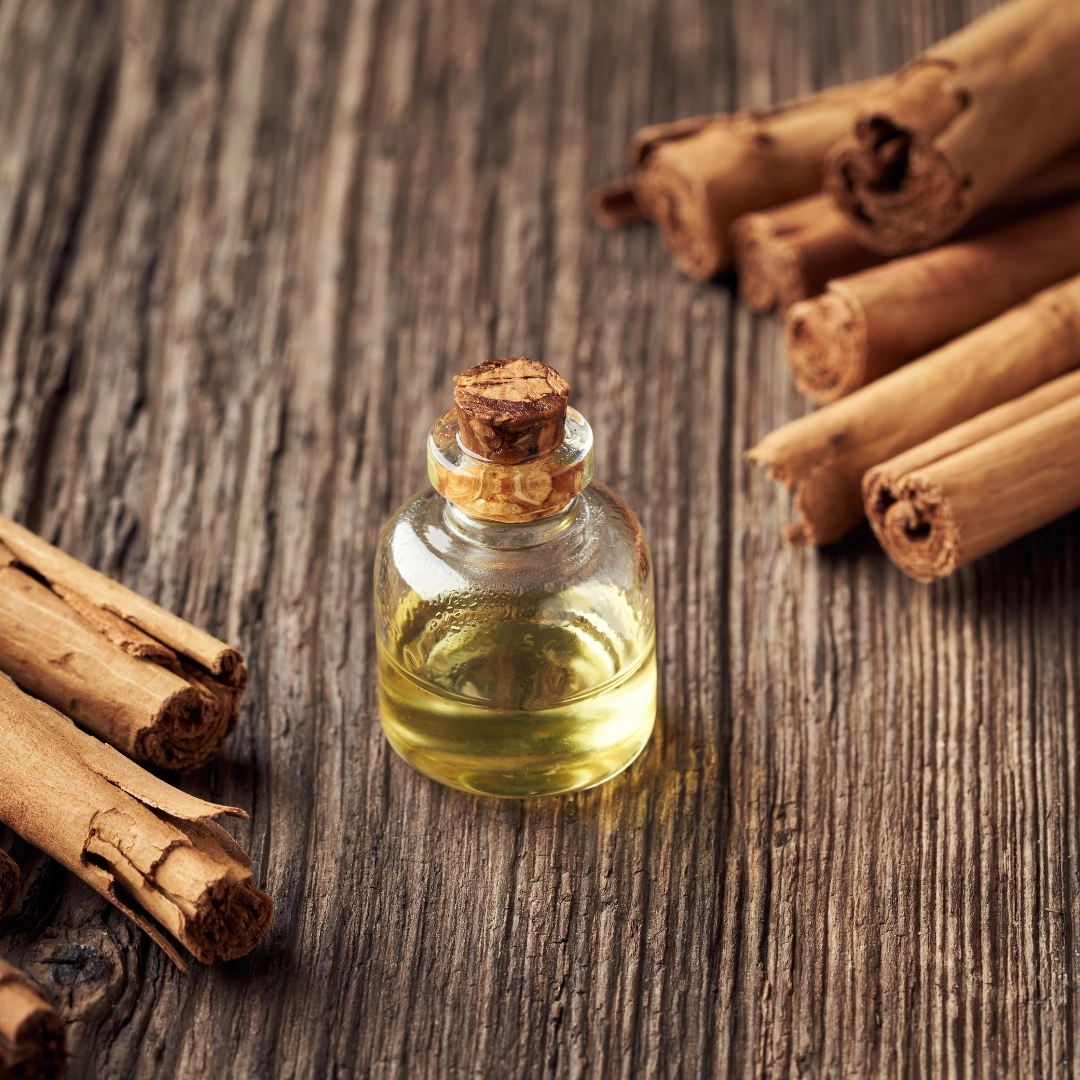
Knuckles Valley cinnamon comes in sticks, powder, leaf oil, bark oil, extract, dried leaves, and herbal infusions—each type steeped in purity, versatility, and tradition.
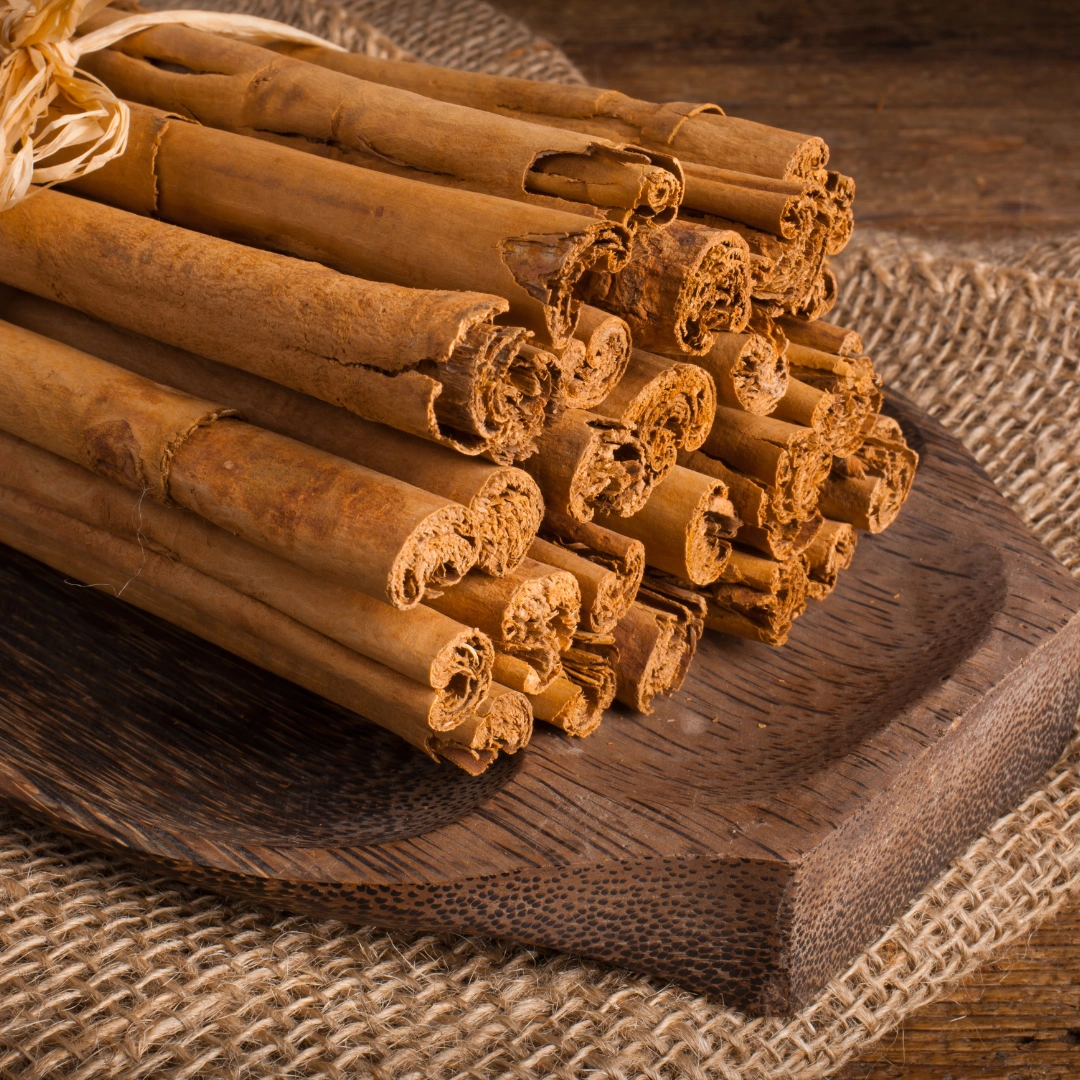
Knuckles Valley cinnamon spans everyday gourmet essentials, holistic wellness infusions, and elevated conscious luxury—each crafted to delight, nourish, and reflect heritage with integrity and flair.
